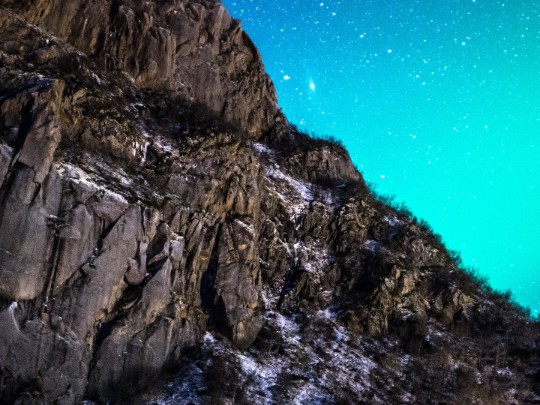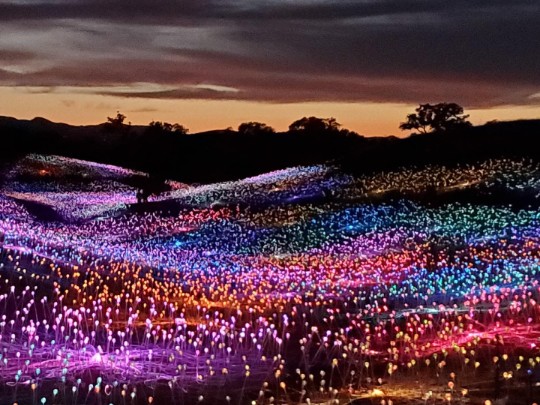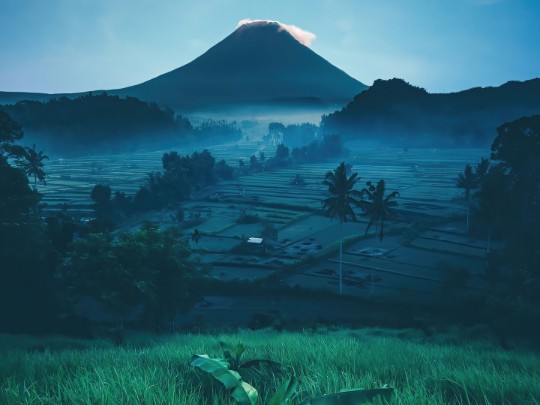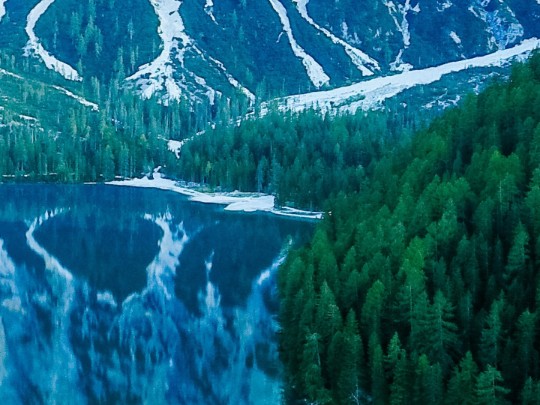Unveiling the Universe: Your Ultimate Guide to Stargazing in the Rocky Mountains

There's an undeniable allure to standing beneath a truly dark sky, a feeling of connection to something vast and ancient. Far removed from the pervasive glow of urban environments, the universe reveals its splendor in a dazzling display of stars, planets, and galaxies. The Rocky Mountain region, renowned for its expansive wilderness and high altitude, consistently ranks among the world's best destinations for stargazing.
Picture this: the invigorating chill of mountain air filling your lungs, the earthy aroma of pine needles, and a sweeping vista of rugged peaks etched against a deep, inky backdrop. Above you, millions of stars ignite with an intensity rarely experienced elsewhere. The Milky Way, our home galaxy, arches across the heavens like a luminous river, a humbling reminder of the sheer scale of the cosmos. It's an experience that transcends the ordinary, leaving you with a profound sense of wonder and perspective.
Why the Rocky Mountains are a Stargazing Paradise:
- Dark Skies: The region boasts some of the darkest skies in the contiguous United States, minimizing light pollution and maximizing visibility.
- High Altitude: Higher elevations offer thinner air and less atmospheric distortion, resulting in sharper, clearer views of celestial objects.
- Vast Wilderness: Expansive national parks and forests provide ample space for finding secluded viewing spots away from any artificial light.
Planning Your Stargazing Adventure:
- Timing is Key: The best time to stargaze is during new moon phases when the moon's light doesn't interfere with visibility. Check a lunar calendar before you go.
- Meteor Showers: Plan your visit around renowned meteor showers like the Perseids (August) and Geminids (December) for an unforgettable celestial spectacle. These events offer a higher chance of seeing shooting stars streaking across the sky.
- Weather Conditions: Clear, cloudless nights are essential. Monitor weather forecasts closely.
- Gear Up: Bring warm layers of clothing (mountain nights can get surprisingly cold!), a red flashlight (essential for preserving your night vision – white light ruins your dark adaptation), binoculars or a telescope (optional, but enhances the experience), a star chart or astronomy app, and a comfortable blanket or chair.
Beyond the Stars: Stargazing in the Rocky Mountains isn't just about observing the cosmos; it's about immersing yourself in the natural beauty of the region. Combine your celestial exploration with hiking, wildlife viewing, and other outdoor activities for a truly enriching experience.
The Rocky Mountain night sky holds countless secrets, waiting to be unveiled. Pack your sense of wonder, and prepare to be amazed.






